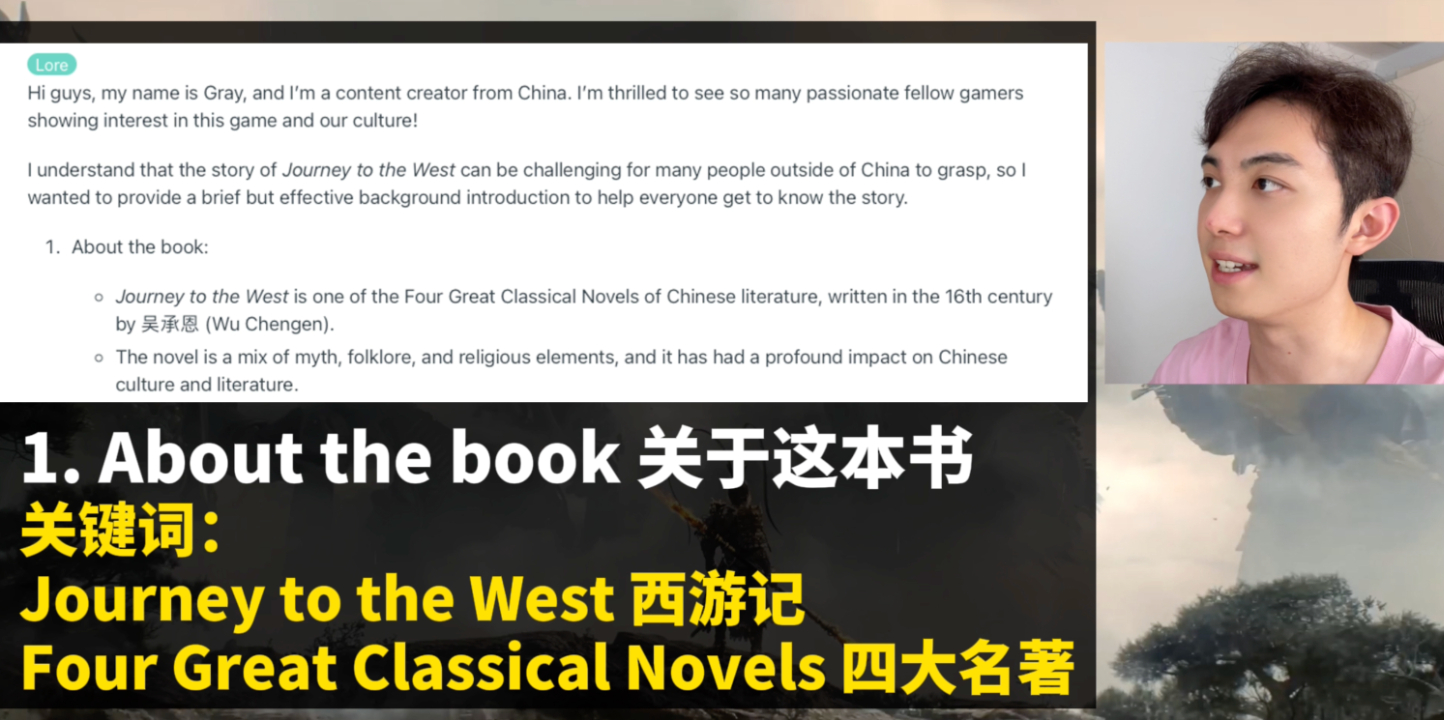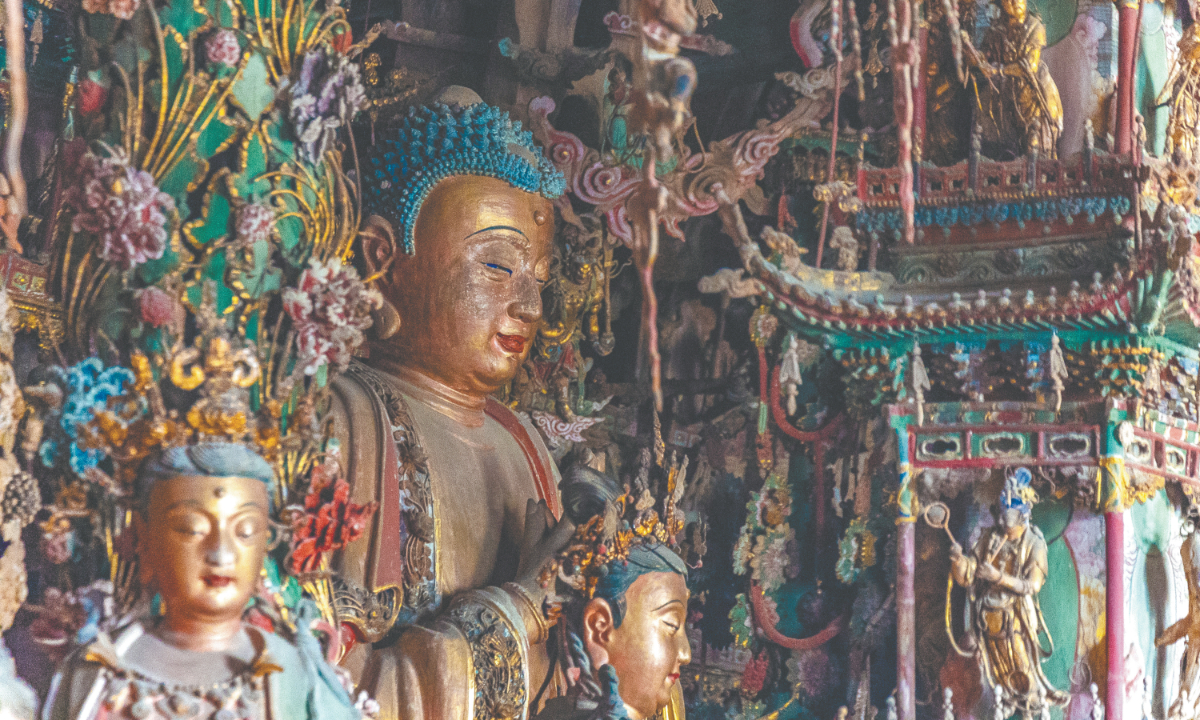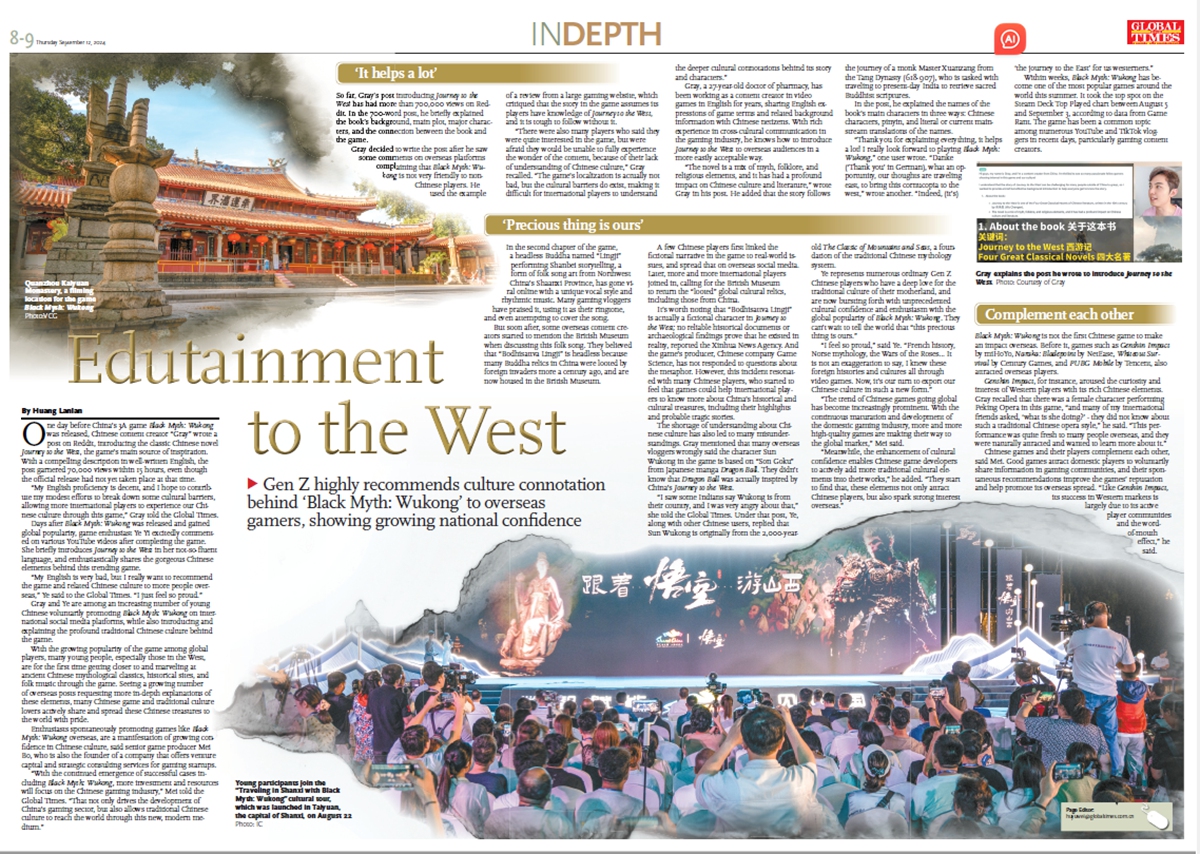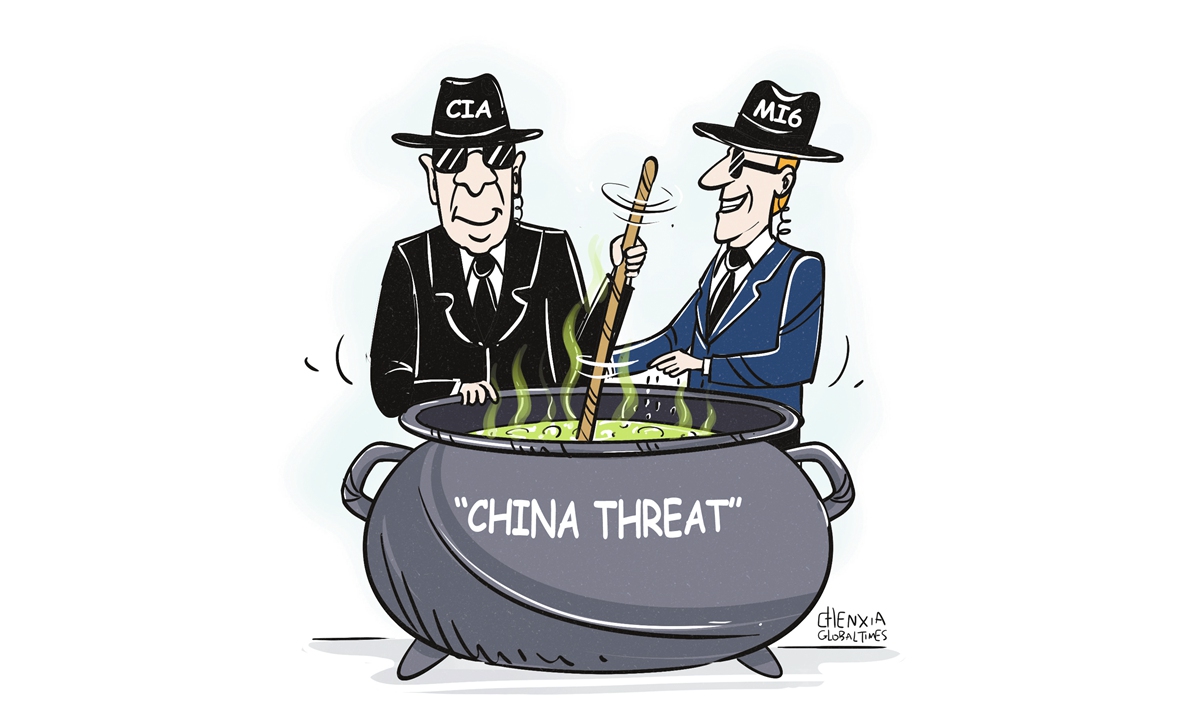Country’s higher economic growth a feel-good element that is spilling over to the sector
KUALA LUMPUR: The property market appears to have several strong push factors going for it in the bigger picture, although developers are by and large still cautious despite any broader positivity.
The Real Estate and Housing Developers’ Association of Malaysia’s (Rehda) Property Industry Survey reveals the market is stabilising, amid continued concerns on rising costs on key core cost components such as building materials.
Survey respondents said there was more than a 10% annual increase in the average price for sand, which is used mainly in infrastructure projects, glass and concrete; while costs for steel appear to have declined or tapered off as at June 30.
Unsold units are featured as among the key highlights in the results of this survey whereby half of its respondents reported having unsold completed residential units.
A third of these unsold completed residential units were more than three years old, while about half of them were less than a year old.
A majority or 46% of the survey’s respondents reported that their unsold completed units were priced at RM500,000 and below.
According to survey respondents, the main reasons for this situation were end-financing loan rejection, low demand or interest and bumiputra lots.
The survey, which was done for the first half of 2024 also includes forecasts based on the survey on the market outlook for the second half of this year and the first half of 2025.
It collated responses from 162 out of over 1,500 Rehda members.
According to Rehda president Datuk Ho Hon Sang, the survey only includes a small number of respondents among its larger count of members and does not reflect all launched projects or sales made within the period under review although it can indicate the sentiment on the ground.
“The higher than estimate economic growth thus far gives the country a feel-good factor which spills over to the property market as well.
“Inflation levels are benign at about 2% and with the ringgit appreciating against currencies such as the Singapore and Australian dollar, it indicates increased confidence.
“There are also huge infrastructure projects that are being announced such as the West Coast Expressway which will open up more economic areas,” Ho said at a media briefing yesterday.
“An example is data centres. From 2021 to 2023, there were more than RM76bil of investments into this area, which attracts the established multinational companies.
“This has a very feel-good factor for the property market – as data centres are not just a one-time capital expenditure but provides opportunities during the operations and maintenance period.
“For example, Microsoft has committed to training up to 200,000 talents to maintain DCs,” he added.
Apart from that, there is the stable government and the coming Urban Redevelopment Act that will be focused on the Kuala Lumpur area which will further spur economic activities.
“All these have a part to play in transforming and influencing the sentiment of the people,” said Ho.
Increased demand may also come from increased foreign participation in the property market, although Ho indicated the price threshold is different in the various states and may be too high in some to spur any meaningful foreign buying.
Commenting on the unsold residential units, Ho noted a third of unsold completed bumiputra lots have aged more than three years, which is an issue that the industry needs to address eventually.
“Developers are still treading carefully when it comes to their business operations, despite the improving industry conditions in terms of launches and sales,” he said.
Ho added that this is expected, given the increase in prices for some building materials, which have hit smaller developers harder than larger property development companies.
Rehda also notes that more environmental, social and governance-friendly construction practices such as pre-cast and industrial building systems will increase costs for smaller developers, although it would help to reduce costs for bigger developments.
“For pre-cast panels, the production is centralised and for developments such as high-rises which feature a standard design, it can help to reduce costs on higher volumes with a standard mould.
“For terrace houses with standardised designs, it would be okay but for customised designs it would be difficult for the pre-cast suppliers to do.
“So most developers would still prefer the conventional building style (traditional construction methods) for landed properties.
“But the bigger developers are proceeding with using pre-cast panels even for their landed developments,” Rehda’s deputy-president Datuk Zaini Yusoff told StarBiz.
Zaini said bigger developers usually have their own in house pre-cast manufacturing capabilities.
Commenting on this new construction technology, Ho said it can increase costs for some developers by up to 10% to 15% based on feedback from Rehda’s members.
“This includes transportation costs from the pre-cast plant to the construction site as these costs (diesel) have gone up now and the deployment of skilled labour, since one cannot use normal manual labour to put these together.
“These causes the cost increase,” Ho said.
The survey also indicated that for the next 12 months, respondents look forward to higher optimism for the first half of 2025 compared with the second half of this year.











